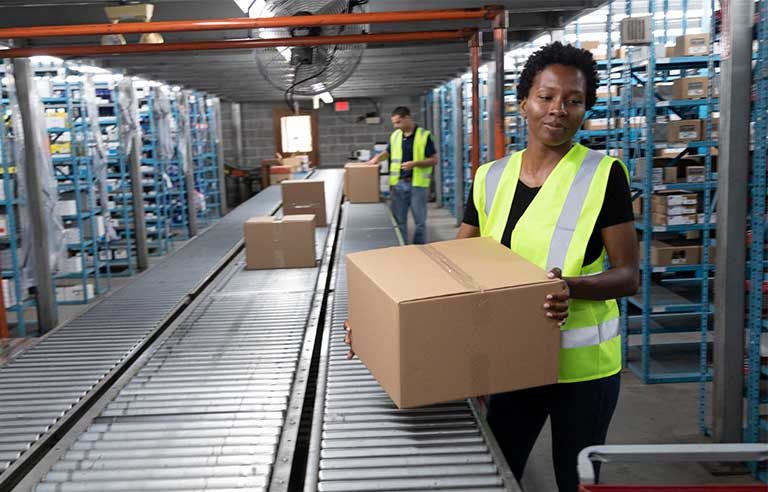Liberty Mutual puts U.S. employers’ injury costs at $58.6 billion

Photo: patrickheagney/iStockphoto
Boston — Ten common causes of workplace injuries and illnesses accounted for about 80% of U.S. employers’ overall injury costs in 2020, the 2023 Liberty Mutual Workplace Safety Index shows.
For the index, the insurer looked at its own information, customized data from the Bureau of Labor Statistics and other data from the National Academy of Social Insurance.
Of the $58.6 billion overall cost to employers, $48.2 billion went toward the top 10 causes of injuries and illnesses. “Overexertion involving outside sources” (lifting heavy loads, for example) was the most costly source of injury, making up 21% of the top 10 injuries/illnesses and costing employers more than $12.8 billion in direct costs.
“BLS nonfatal injury data are analyzed with the Liberty Mutual data to determine which events caused employees to miss more than five days of work, and then to rank those events by workers’ compensation costs, which are then scaled to the NASI total cost,” a Liberty Mutual press release states. “To capture accurate injury cost data, each index is based on data three years prior. Accordingly, the 2023 index reflects 2020 data.”
Rounding out the top 10 costliest categories of injuries/illnesses were:
2. Falls on the same level ($9 billion)
3. Falls to a lower level ($6.1 billion)
4. Struck by object or equipment ($5.1 billion)
5. Other exertions or bodily reactions ($3.7 billion)
6. Exposure to other harmful substances ($3.4 billion)
7. Vehicle crashes ($2.6 billion)
8. Caught in or compressed by equipment or objects ($2 billion)
9. Slip or trip without a fall ($1.9 billion)
10. Pedestrian vehicular incidents ($1.6 billion)
Exposure to other harmful substances and pedestrian vehicular incidents made the index for the first time.
“Pedestrian vehicular incidents were most evident in occupations such as sales and truck drivers, material movers, food service, distribution managers, retail salespersons, building cleaning and maintenance, and protective service,” the release states. “These occupations were likely to be impacted by the challenges that COVID-19 placed on the U.S. supply chain, as well as on industrial hygiene, security, and novel delivery or parking-lot operations.”
COVID-19 was also a large driver for “exposure to other harmful substances.” Without the effects of the pandemic, that category would have ranked 18th, Liberty Mutual says.
Post a comment to this article
Safety+Health welcomes comments that promote respectful dialogue. Please stay on topic. Comments that contain personal attacks, profanity or abusive language – or those aggressively promoting products or services – will be removed. We reserve the right to determine which comments violate our comment policy. (Anonymous comments are welcome; merely skip the “name” field in the comment box. An email address is required but will not be included with your comment.)

